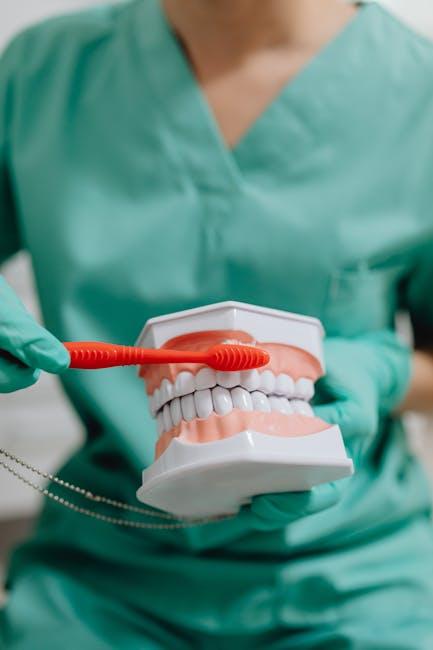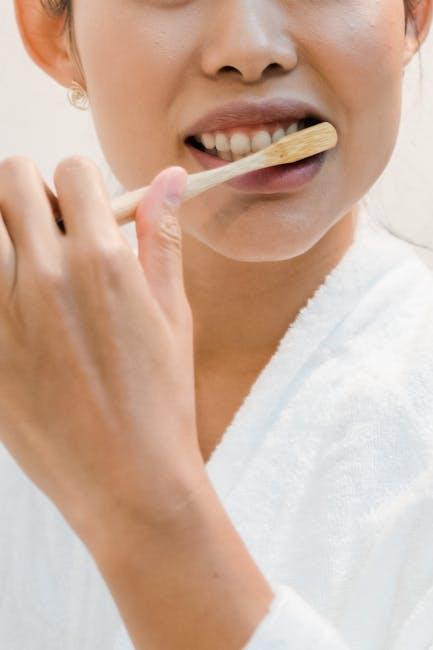
You Are Likely Brushing Your Teeth Wrong, Experts Say – This Is How Dentists Want You to Do It
Brushing your teeth is one of the most basic daily habits, yet according to dental experts, most people are doing it incorrectly. If you want to maintain a healthy smile, prevent cavities, and avoid gum disease, it’s essential to brush your teeth the right way. In this comprehensive guide, inspired by insights from dentists and oral health experts at Yahoo Lifestyle Canada, we reveal common mistakes, demonstrate the preferred brushing techniques, and share practical tips to revolutionize your oral care routine.
Why Proper Tooth Brushing Technique Matters
Using an incorrect brushing method can lead to a host of dental problems including enamel erosion, gum recession, plaque buildup, and cavities. According to experts, the biggest mistake people make is rushing through the process or using a hard aggressive scrubbing motion which damages your gums and teeth over time.
Effective brushing removes the sticky plaque—a biofilm of bacteria—that forms on your teeth and gums daily. The right technique protects your enamel and keeps your gums healthy, preventing costly dental procedures in the future.
Common Tooth Brushing Mistakes to Avoid
Understanding what not to do is the first step toward brushing like a pro. Here are some frequent errors dentists see time and again:
- Brushing too hard: Pressing firmly won’t clean better; it causes enamel abrasion and irritates gums.
- Using the wrong toothbrush: Hard-bristled brushes may cause damage; soft-bristled ones are usually recommended.
- Ignoring the gum line: Plaque tends to accumulate near gums; neglecting this area increases risk of gum disease.
- Not brushing long enough: Experts say a full two-minute session is the minimum.
- Brushing immediately after meals: Acidic foods weaken enamel temporarily; brushing right after can cause harm.
How Dentists Want You to Brush Your Teeth: Step-by-Step Guide
Follow this dentists-approved method to refresh your daily brushing routine and improve oral health:
| Step | Action | Reason |
|---|---|---|
| 1 | Choose a soft-bristled toothbrush and fluoride toothpaste. | Gentle on gums while protecting teeth against decay. |
| 2 | Hold the brush at a 45-degree angle to your gum line. | Targets plaque trapped along the gum margins. |
| 3 | Use small circular and vibrational strokes. | Avoids harsh scrubbing that damages tooth enamel and gum tissue. |
| 4 | Brush all surfaces: outer, inner, and chewing surfaces. | Comprehensive cleaning reduces risk of cavities and tartar buildup. |
| 5 | Spend at least 30 seconds on each quadrant of your mouth. | Ensures full two-minute brushing session for thorough cleaning. |
| 6 | Brush gently along the gum line without applying excessive force. | Healthy gums and no abrasion or bleeding. |
| 7 | Replace your toothbrush every 3 to 4 months or sooner if bristles fray. | Maintains effective plaque removal and hygiene. |
Additional Tips from Dental Professionals
- Use an electric toothbrush with a pressure sensor if you tend to brush too hard.
- Don’t forget to brush your tongue gently to reduce bacteria and bad breath.
- Rinse your mouth with water or fluoride mouthwash after brushing for added protection.
- Wait at least 30 minutes after eating acidic foods before brushing your teeth.
- Floss daily to remove plaque and food particles between teeth where brushes can’t reach.
Benefits of Brushing Teeth Correctly
Adhering to the expert-recommended brushing technique offers a multitude of oral health benefits:
- Stronger enamel: Proper care helps maintain mineral density and prevents decay.
- Healthier gums: Reduced risk of gingivitis and gum disease.
- Fresher breath: Removes bacteria and food remnants causing bad breath.
- Whiter teeth: Controls plaque and prevents staining.
- Fewer dental visits: Preventative care means fewer cavities and less invasive treatments.
Case Study: Patients Who Improved Oral Health by Changing Brushing Techniques
Dental clinics across Canada have reported notable improvement in patients’ oral health after they corrected their brushing habits. One notable case involved a 35-year-old patient with chronic gingivitis and enamel sensitivity. After being guided to use the 45-degree angle technique with a soft brush and a two-minute timed session, within 3 months, the patient’s symptoms improved drastically, and gum bleeding stopped.
This example underscores that small adjustments can lead to significant long-term health outcomes.
Conclusion: Take Control of Your Smile Today
If you walked away with one takeaway from this article, it’s this: brushing your teeth the right way is just as crucial as doing it regularly. Most Canadians unknowingly make errors in their dental hygiene routine, which can jeopardize their oral health. By adopting the correct technique endorsed by dentists around the world, you can protect your enamel, keep your gums healthy, and enjoy a confident, bright smile.
Remember: gentle, thorough, and consistent brushing followed by daily flossing and regular dental check-ups is the winning formula for long-lasting oral health. So next time you pick up your toothbrush, think of it as an essential step in self-care—not just a routine chore.


